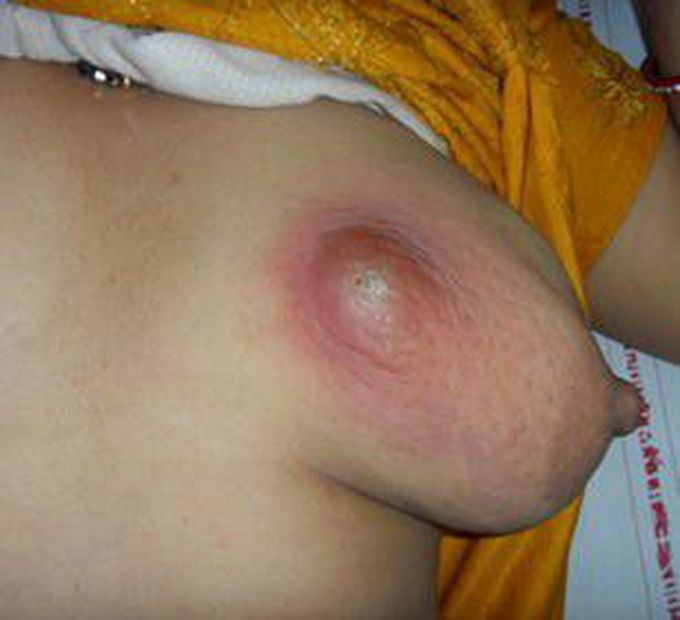


Lactational / Puerperal mastitis: Risk factors, Causative Agents, Diagnosis, And Management
Puerperal mastitis, commonly known as lactational mastitis, is a condition of breast, most commonly arising during first six weeks of breastfeeding. Fissures and cracks on nipple and infrequent drainage of milk result in increased risk of infection since disruptions serves as a point for normal flora to enter into already engorged milk ducts. Risk factors of lactational mastitis are prior history of mastitis, fissures on nipples, inadequate milk drainage, and maternal stress, among others. Patient presents with localized erythema, swelling, and pain, along with associated systemic symptoms like fever, myalgias, chills and malaise. Staphylococcus aureus is the most common causative agent of lactational mastitis. Less common are Escherichia coli, streptococcus pyogenes, coagulase negative staphylococci, and Bacteroides species. The diagnosis of lactational is based on detailed history and clinical examination. Breast abscess can be ruled out by ultrasound breast. Breast milk culture is typically ordered when the patient is not responding to empirical antibiotics. Similarly, blood culture is carried out if bacteremia is suspected. The management plan for lactational mastitis aims at symptomatic relief. Pain can be relieved by NSAIDs. Milk should regularly be expressed in order to avoid stasis of milk in ducts; hot packs may help in let-down reflex. Cold packs can be used after the expression of milk in order to relieve inflammation. If mastitis is not resolved within 12-24 hours after its onset, antibiotics may be administered. Empirical treatment involves administration of vancomycin. Choice of antibiotic for staph. aureus infection is dicloxacillin and cephalexin. If patient is allergic to penicillin, erythromycin can be used. For MRSA, trimethoprim-sulfamethoxazole is the drug of choice, however, it should be avoided if baby is less than 1 month of age, is premature, or has jaundice. Source Acute Mastitis https://www.ncbi.nlm.nih.gov/books/NBK557782/ Image via https://link.springer.com/article/10.1007/s12262-012-0776-1/figures/1
Linezolid used in Vrsa cases... for mrsa vanco is used.... ....




